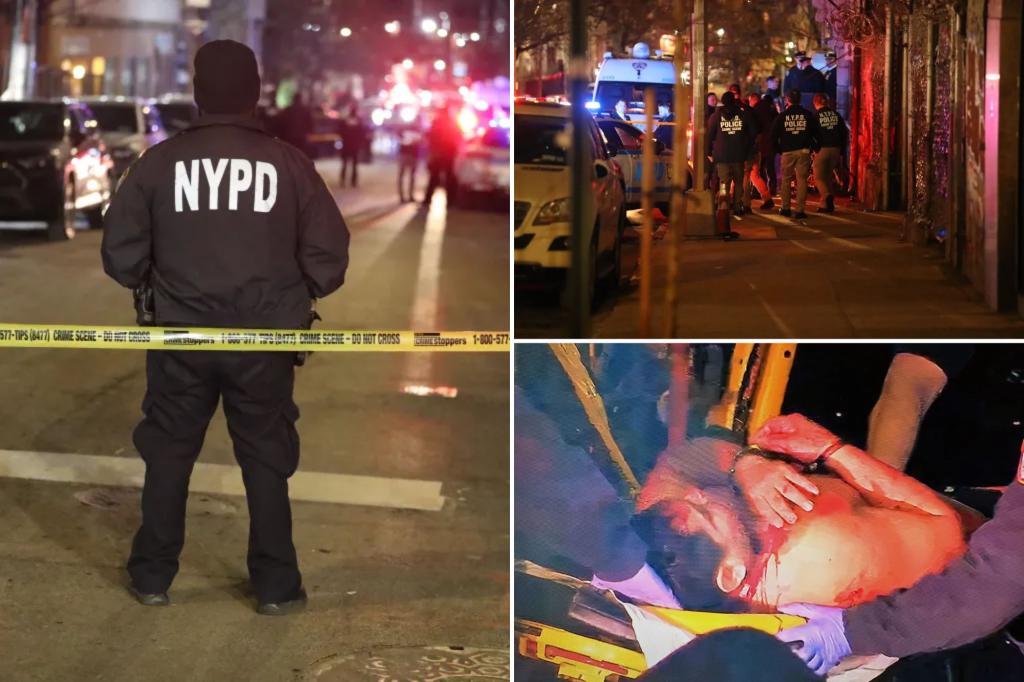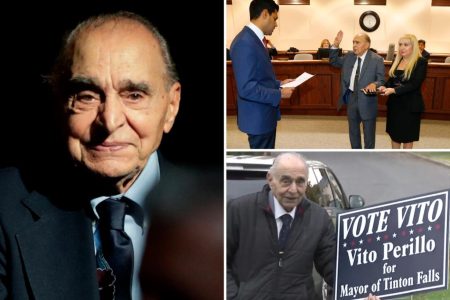On a Sunday evening in the Mott Haven neighborhood of the Bronx, a seemingly routine call about an attempted air conditioner theft rapidly escalated into a police-involved shooting. A 32-year-old man, the apparent initiator of the 911 call, ended up being shot in the torso by a responding NYPD officer. The incident, unfolding within the tight confines of a building stairwell, highlights the unpredictable nature of police encounters and the split-second decisions officers sometimes face. While the specifics are still under investigation, the sequence of events paints a complex picture.
The initial call, reporting the attempted theft of an air conditioner unit, drew police to the second floor of the building. Finding no one present at the reported location, officers began to descend the stairs, where they encountered the 32-year-old man wielding a kitchen knife. Despite repeated commands in English to drop the weapon, and a visual signal from a Spanish-speaking officer, the man allegedly continued to advance towards the police. The encounter culminated in a single shot fired by the officer, striking the man in the torso. The swiftness of the confrontation, occurring within the limited space of a stairwell, further complicated the situation.
Following the shooting, officers immediately administered aid to the injured man before transporting him to Lincoln Hospital, where he was reported to be in stable condition. The NYPD released a photograph of the recovered knife, a stark reminder of the potential threat the officers faced. While the investigation is ongoing, authorities are piecing together the events leading up to the confrontation. Preliminary information suggests the 32-year-old, after calling 911, confronted another man in the building’s courtyard before returning inside, where the encounter with police took place. The identity of this other man and his potential involvement in the initial reported theft remain unclear.
The rapid escalation from a seemingly routine call to a shooting raises several questions. Why did the man, who initially reported a crime, end up confronting police with a knife? Did he lure the officers to the building intentionally? Was there a miscommunication or misunderstanding due to the language barrier, despite the officer’s non-verbal communication? These are crucial questions that investigators will need to address to fully understand the circumstances surrounding the shooting.
This incident in the Bronx occurred just two days after another police-involved shooting in Brooklyn, where a 50-year-old man was shot after allegedly pointing a gun at an NYPD sergeant during a pursuit. Both incidents underscore the inherent risks associated with police work and the challenging situations officers often face. While the full details of both incidents are still emerging, they highlight the necessity of thorough and transparent investigations to ensure accountability and determine whether the use of force was justified.
The Bronx shooting raises broader questions about the best practices for de-escalation techniques and how to improve communication in tense, rapidly unfolding situations. When dealing with individuals potentially experiencing mental health crises or under the influence of substances, effective communication and de-escalation tactics become paramount. Examining these incidents can lead to valuable lessons and inform training protocols to better equip officers to handle similar situations in the future. Furthermore, community trust plays a vital role in police-community relations, and transparent investigations are essential for maintaining that trust. These incidents serve as reminders of the complex challenges faced by both law enforcement and the communities they serve, and the importance of ongoing dialogue and reform.










